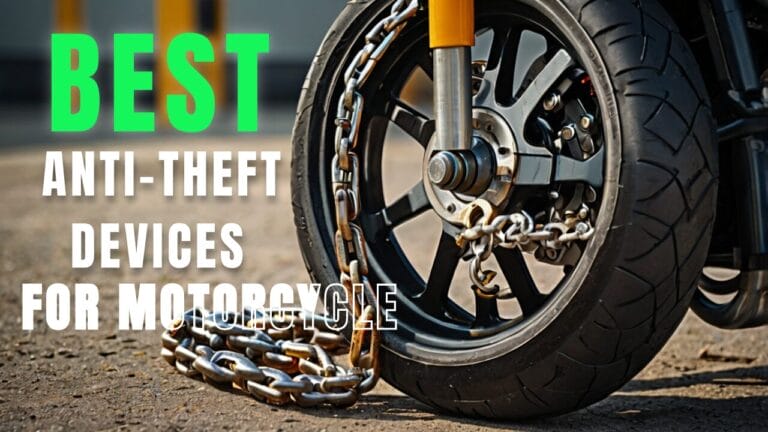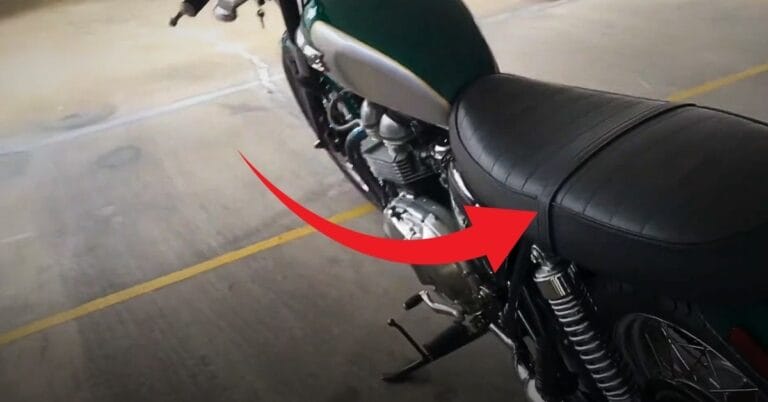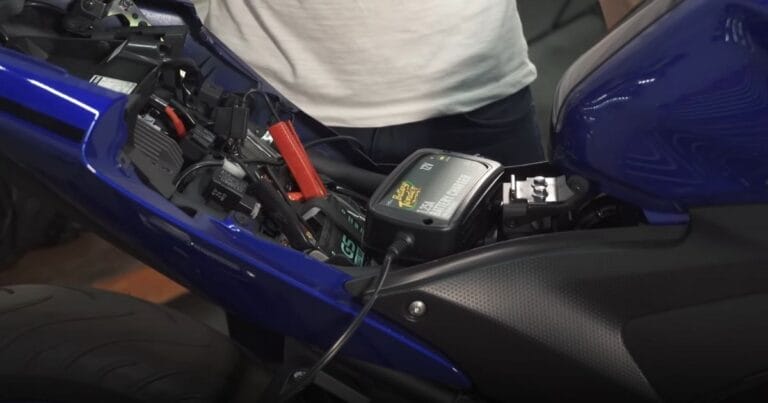How to Turbo a Carbureted Motorcycle?
There’s a certain thrill in riding a carbureted motorcycle—the raw, old-school experience that’s hard to beat. But if you’ve ever felt your bike struggling for that extra bit of power on open roads or during quick accelerations, you might have wondered if there’s a way to push its performance further. The good news? Turbocharging might be the answer you’re looking for.
A turbocharger’s reputation is largely built on its use in fuel-injected motorcycles, but it can also do wonders for carbureted engines. In fact, with the right modifications, you can enjoy horsepower by up to 50-70%. It’s not just about raw power—it’s about transforming your ride into something truly unique.
Whether you’re a seasoned mechanic looking for your next project or a DIY enthusiast eager to unlock your motorcycle’s hidden potential, this guide has you covered. By the end, you’ll have the knowledge and confidence to turn your bike into a turbocharged beast.
Ready to dive into the world of turbocharging? Let’s get started.
Table of Contents
What is a Turbocharger?
A turbocharger boosts engine power by forcing extra air into the combustion chamber, enabling a stronger burn and increased horsepower. It uses exhaust gases to spin a turbine, which drives a compressor that forces more air into the engine. This extra oxygen results in a more powerful combustion process, making your motorcycle faster.

How Forced Induction Works
In a normal engine, air is pulled into the cylinders by the engine’s vacuum. A turbocharger, however, compresses air before it enters the engine, allowing more oxygen into each cylinder. This is like blowing on a fire—it intensifies the burn and produces more energy.
How a Turbocharger Works: Quick Breakdown
- Exhaust Gases Power the Turbine: Exhaust gases spin a turbine at high speed.
- Compressor Increases Air Intake: The turbine drives a connected compressor that draws in fresh air, compresses it, and pushes it into the engine.
- Boost Control: A wastegate prevents too much pressure, and a blow-off valve releases excess air when you let off the throttle.
This process can increase your bike’s horsepower by up to 50-70%, providing a noticeable boost in performance.
Is Your Motorcycle a Good Candidate for Turbocharging?
Not every bike is suited for turbocharging, so it’s important to evaluate if yours can handle it before investing time and money. Here’s a quick guide to help you decide:
Check Engine Health:
Turbocharging puts extra stress on your engine. Make sure it’s in good shape—perform a compression test to ensure the cylinders are holding pressure. If your engine shows signs of wear, address those issues first.
Consider Engine Size and Type:
Larger engines (400cc and above) benefit more from turbos than smaller ones, which may lack the torque to take advantage of the boost. Liquid-cooled engines are also better at handling the extra heat generated by a turbo.
Assess Space Availability:
Turbo setups require space for the turbo unit, piping, and other components. Check if your bike’s frame has enough room to fit everything. Tight spaces may require custom modifications, adding to the cost.
Review Fuel System Compatibility:
Carbureted engines need modifications to handle the increased airflow. This may involve re-jetting or upgrading to a blow-through carb setup, along with installing a fuel pressure regulator to maintain the correct air-fuel mixture.
Weigh the Costs vs. Benefits:
Turbocharging can be expensive, especially with additional parts and tuning. Make sure the performance gains align with your riding goals. For casual street use, the extra power might not justify the cost and effort involved.
Assessing these factors will help you determine if your bike is truly ready for a turbo upgrade, saving you from unnecessary expenses and potential engine damage.
Step-by-Step Guide on How to Turbo a Carbureted Motorcycle
This guide will take you through the entire process, from installing the turbo to tuning your carburetor. Each step is crucial, so take your time and follow the instructions carefully.
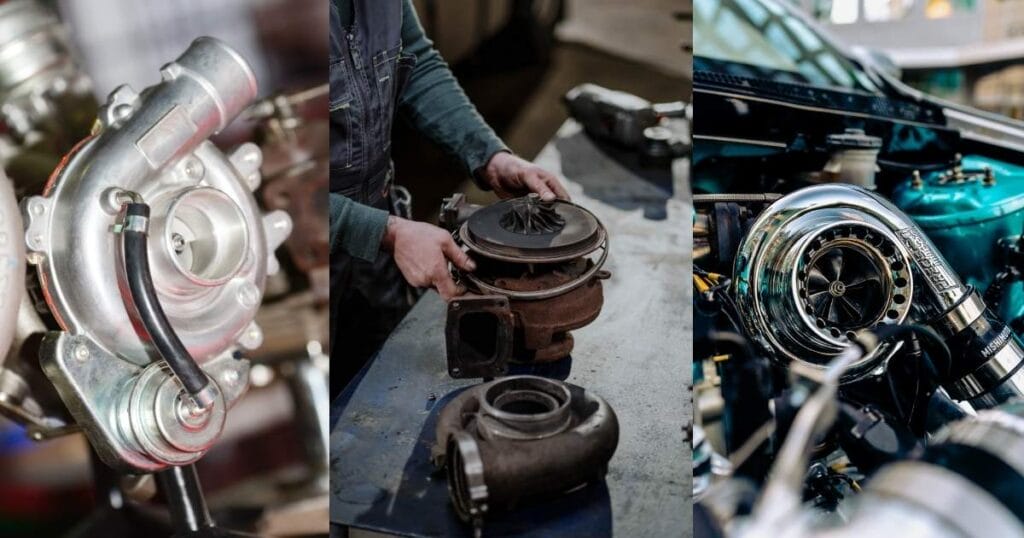
Tools and Equipment Needed for Turbocharging a Carbureted Motorcycle
Before getting started, make sure you have all the necessary tools and components. This project requires precision and the right equipment to avoid mistakes that could damage your engine.
Tools:
- Basic hand tools (wrenches, sockets, pliers)
- Drill with metal bits
- Torque wrench
- Vacuum gauge
- Compression tester
- Carburetor tuning kit (jets, needles, etc.)
- Boost gauge
- Fuel pressure gauge
- Heat shielding material (for protecting components)
- Oil catch pan and funnel
- Safety gear (gloves, goggles)
Turbo Kit Components:
- Turbocharger unit (sized appropriately for your engine)
- Custom exhaust manifold for the turbo
- Oil lines (feed and return)
- Blow-off valve (to release excess pressure)
- Wastegate (to control boost levels)
- Rising-rate fuel pressure regulator
- Intercooler (optional but recommended for better cooling)
- Intake piping and silicone couplers
- Fuel pump (upgraded, if necessary)
- Air filter (designed for turbo setups)
Step 1: Prepare the Motorcycle
Clean Your Workspace: Start by organizing your workspace and gathering all tools. A clean and clutter-free area will make the process smoother and safer.
Assess the Engine: Perform a compression test to ensure your engine is in good health. Address any existing issues, like oil leaks or low compression, before proceeding.
Remove Existing Components: Remove the exhaust system, air filter, and any panels obstructing access to the engine. This will make installing the turbo components easier.
Step 2: Install the Turbocharger
Mount the Turbocharger: Attach the custom exhaust manifold to the turbo. Position the turbo securely so that it aligns with your exhaust and intake systems. Make sure it has proper clearance to avoid contact with other components.
Route the Oil Lines: The turbo needs lubrication, so connect an oil feed line to the engine block. Use an oil return line to drain excess oil back into the engine sump. Ensure these lines are secure and free of leaks.
Install the Wastegate: The wastegate regulates boost pressure, preventing your engine from overboosting. Attach it to the exhaust side of the turbo and set it to your desired boost level, typically around 6-8 psi for stock carbureted engines.
Step 3: Set Up the Intake and Fuel System
Install Intake Piping: Connect the turbo’s output to the carburetor using intake piping and silicone couplers. Make sure all connections are airtight to prevent boost leaks.
Add a Blow-Off Valve: Install a blow-off valve between the turbo and the carburetor to release excess pressure when you let off the throttle. This prevents backflow, which could damage the turbo.
Adjust the Carburetor: To handle the increased airflow, you’ll need to re-jet your carburetor. Start by increasing the main jet size by 15-20% to prevent a lean condition. Fine-tune the air-fuel mixture until you achieve smooth performance under boost.
Install a Fuel Pressure Regulator: Add a rising-rate fuel pressure regulator to adjust fuel delivery based on boost levels. This ensures the carburetor receives enough fuel to match the increased air pressure, preventing engine knock.
Step 4: Testing and Tuning
Check for Leaks: Inspect all connections for any oil, exhaust, or boost leaks. A simple spray of soapy water on connections can help detect air leaks—bubbles will form if there’s a leak.
Start the Engine: Fire up the motorcycle and let it idle. Listen for unusual sounds like hissing (indicating leaks) or knocking (signaling a lean mixture).
Install a Boost Gauge: Attach a boost gauge to monitor pressure levels while riding. Ensure your wastegate is holding the set boost level consistently.
Road Test: Take the bike for a cautious test ride, gradually increasing throttle to see how it responds to boost. Monitor the boost gauge, engine temperature, and fuel pressure closely.
Fine-Tune the Carburetor: After the test ride, adjust the carburetor jets and fuel pressure regulator as needed. You may need to tweak settings several times to get the optimal air-fuel ratio.
Step 5: Final Adjustments and Maintenance
Install Heat Shields: Turbochargers generate significant heat, which can damage surrounding components. Install heat shielding to protect your carburetor, fuel lines, and wiring.
Regularly Check Oil Levels: The turbo places additional demands on your engine’s lubrication system. Check your oil level frequently and change it more often to keep the turbo functioning properly.
Monitor for Wear and Tear: Regularly inspect all connections, hoses, and components for signs of wear or leaks. Catching issues early can prevent costly repairs down the road.
By following these steps and using the right tools, you can successfully turbocharge your carbureted motorcycle. Take your time during each stage to ensure everything is done correctly, and always prioritize safety. Turbocharging is a rewarding project that can dramatically enhance your bike’s performance—but only if done right.
5 Key Benefits of Turbocharging a Motorcycle
Turbocharging a motorcycle is a game-changer for those looking to enhance their bike’s performance without a complete engine overhaul.

Boosted Horsepower:
Turbocharging can increase your engine’s power by up to 50-70%. By compressing more air into the combustion chamber, your bike gets a stronger burn, resulting in faster acceleration and higher top speeds.
Improved Torque:
A turbo boosts torque, especially at lower RPMs, giving your motorcycle quicker throttle response. This means better acceleration when overtaking or navigating sharp turns.
Efficiency at High Speeds:
Unlike naturally aspirated engines, which struggle at high speeds, a turbocharger maintains airflow, keeping your engine performing efficiently on highways and long rides.
Potential Fuel Savings:
When tuned properly, a turbo can actually improve fuel efficiency. The engine doesn’t need to work as hard to produce power, making it more efficient at cruising speeds.
Exciting Ride Experience:
Beyond power gains, a turbocharged bike offers a unique sound and feel. The rush of boost and the distinctive turbo whistle make each ride more thrilling and memorable.
Challenges of Turbocharging a Carbureted Engine
Turbocharging a carbureted engine can unlock impressive performance gains, but it comes with unique challenges. Unlike modern fuel-injected systems, carburetors are less equipped to handle the sudden boost in air pressure from a turbo, requiring precise tuning and modifications. To avoid costly mistakes or engine damage, here’s what you need to know:
Difficult Tuning and Fuel Management
Carburetors aren’t designed to adapt to the sudden air pressure increases from a turbocharger. Achieving the correct air-fuel ratio demands precise jetting, patience, and expertise. Mistakes in tuning can lead to detonation, overheating, or poor performance, making this process a trial-and-error endeavor.
Boost Lag and Throttle Response
Turbo lag—the delay between throttle input and power delivery—is more pronounced in carbureted engines. The carburetor’s slower response to changes in airflow exacerbates this issue, causing frustration for riders seeking quick acceleration, especially during highway overtakes.
Heat Management Challenges
Turbochargers generate intense heat, which can vaporize fuel prematurely in carbureted systems, leading to inconsistent performance or engine damage. Effective heat management, including proper shielding, oil coolers, and ventilation, is essential to protect engine components and maintain reliability.
Complex Installation and Modifications
Installing a turbo on a carbureted engine involves custom fabrication, such as modifying exhaust manifolds, intake systems, and oil lines. These adjustments can be time-consuming, expensive, and prone to issues like boost leaks or mechanical failures if not executed precisely.
Higher Risk of Engine Damage
Carbureted engines are less forgiving to forced induction. Improper tuning or insufficient preparation increases the likelihood of detonation, fuel starvation, and component failure. Without upgrading critical parts like pistons, valves, and gaskets, the added stress from a turbo can cause irreparable engine damage.
By addressing these challenges with meticulous planning and expert execution, you can enjoy the performance boost of a turbocharged carbureted engine while minimizing risks.
5 Maintenance and Longevity Tips for a Turbocharged Carbureted Motorcycle
Proper maintenance is key to keeping your turbocharged carbureted motorcycle running reliably and delivering peak performance. Here are five essential tips to ensure your bike stays in top shape and handles the extra power efficiently.
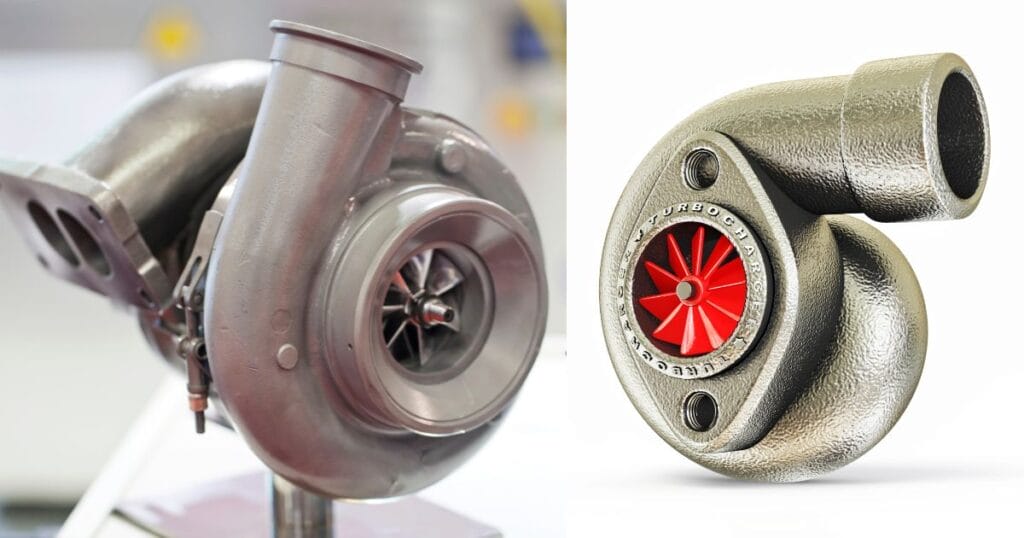
1. Regular Turbo System Checks
Inspect your turbo system regularly to ensure optimal performance. Use a boost gauge to monitor pressure, keeping it within the recommended range of 6-8 psi for stock engines. Check oil levels and look for leaks in oil lines, intake piping, and the exhaust system to prevent costly repairs.
2. Maintain the Carburetor and Fuel System
Clean the carburetor frequently to avoid performance issues caused by buildup. Inspect jets and fuel lines for wear, and tune the air-fuel mixture properly to prevent engine damage. A well-maintained fuel system ensures smooth performance under turbo conditions.
3. Prioritize Heat Management
Install heat shields to protect sensitive components like fuel lines and wiring from turbo-generated heat. Use an oil cooler to manage high temperatures during long rides. Regularly check for discoloration or heat damage to ensure system reliability.
4. Monitor and Replace Oil Frequently
Check oil levels often, as turbos demand consistent lubrication to function efficiently. Change the oil more frequently using high-quality synthetic oil designed for high temperatures. Fresh oil reduces wear and prolongs the turbo’s lifespan.
5. Store the Bike Properly
Drain or stabilize fuel before long-term storage to prevent carburetor clogs. Cover the bike to protect against rust and moisture, and start it occasionally to keep the turbo system functional. Proper storage ensures long-term reliability and prevents damage.
Closing Words
Turbocharging a carbureted motorcycle is an exciting way to unlock hidden performance and turn your ride into a true powerhouse. By understanding how turbochargers work, assessing your bike’s suitability, and following a systematic installation process, you can safely boost your motorcycle’s power by up to 70%. While the challenges of tuning and heat management require attention, proper planning, and maintenance will ensure a reliable and rewarding experience.
If you’re ready to take on this project, remember to focus on the details—perform regular system checks, tune your carburetor correctly, and prioritize heat management. These steps not only maximize performance but also extend the lifespan of your turbocharged system. For those willing to invest time and effort, the thrill of a turbocharged ride is unparalleled.
Ready to elevate your riding experience? Start planning your turbo upgrade today, and unleash the full potential of your motorcycle. Whether you’re a DIY enthusiast or a seasoned mechanic, the road to a turbocharged beast awaits!


